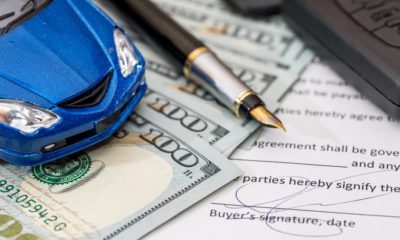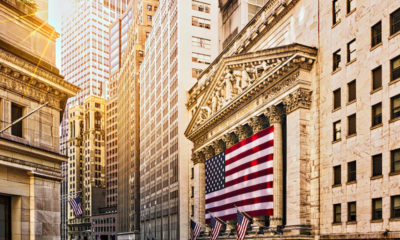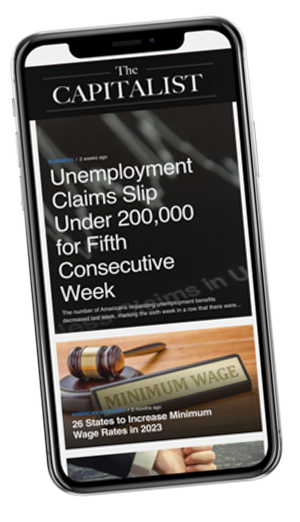Uncategorized
Student Loan Debt Overshadows Auto Loan Bubble

Subprime auto loans are on the rise in America—analysts are predicting another recession is on the horizon.
The American auto market is booming, so they say. Last year in 2015, 17 million new vehicles were sold in the United States, more than any other year in over a decade. While many of these new vehicles were purchased with subprime loans, the media has nonetheless viewed this pattern as a healthy economic boom.
Meanwhile, the rising financial burden on the average American college student has been a hot-button topic for years. Young people who are trying to start their careers being financially crippled for a significant portion of their lives certainly warrants attention to this issue, but it might be distracting from other looming credit-related problems.
Sponsored Link: If You Want To Find Out More Information of Lowering your Student Loans, Click Here
The housing market crash of 2008 that took place almost a decade ago is still fresh in people’s minds whenever discussing potential credit crises. While the rise of student loan debt seems to be attracting more attention on the media front, patterns in the auto-loan industry are becoming alarmingly familiar to anyone who followed the events that dragged the country into an economic recession eight years ago.
Pumping Up The Market: Subprime Auto Loans
Subprime loans were at the heart of the mortgage crisis. While high-interest rates promised lucrative returns for creditors who issued them, the lower quality of credit they relied upon ultimately caused thousands of these loans to default.
In January and February 2016, the amount of money lent for new car loans was almost twenty times that of credit card debt securities. Compared to money spent on new student loans, auto loans dwarf it by nearly forty times.
Also, there is a rising trend of these loans not being paid on time. As of this year 4.7% of auto loans are delinquent, an unprecedented amount since the 2008 recession.
The rise of subprime loans in the auto industry has alarmed analysts, yet there are still differing opinions among experts as to how serious a problem the pattern presents.
1.2 Trillion In Student Loan Debt. A Bubble? What's happening here? https://t.co/h1SDj5rC1o pic.twitter.com/zJ4XgAnpcd
— The Capitalist (@Capitalist_Site) May 10, 2016
Is It Really Such A Serious Issue? Experts Disagree
Simply comparing mortgages with car loans is a bit disingenuous. The housing market is considerably larger, meaning there would be much less economic fallout if the auto market crashed compared to what happened in 2008.
Auto lenders are also getting a lot better at repossessing defaulted property. A host of new technologies has become available that allows car dealers to track remotely and even shut off vehicles that have been sold on a credit loan.
One of these technologies is referred to as a license-plate-reader or LPR for short. It is essentially a small camera that can be mounted on the back of a moving vehicle, on a streetlamp or parking lot, etc., that scans and tracks license plate numbers. Once the plate is scanned, a location and time are added to a massive database which tracks thousands upon thousands of other plates—where they were, and when.
Sounds great for the auto lender, but the consumer is definitely getting the shorter end of the stick here. If car buyers allow themselves to be physically monitored and tracked by creditors, what other privacies can be exploited to keep subprime auto loans economically viable?
Increasing Risks: Current Buying Trends
One of the major factors fueling the argument that a market crash is on the horizon is that cars are lasting longer. Or, at the very least, people are keeping their cars on the road for longer. The average age of passenger cars on the road in the United States has steadily been rising over the last fifteen years:
- 2000—9.1 years
- 2005—10.1 years
- 2010—10.8 years
- 2015—11.5 years
Analysts have argued that American car buyers are becoming more “green” in their purchasing choices, with vehicle longevity being a primary requirement. This means that consumers are returning to the market much less frequently than they have in previous years, causing credit companies to come up with newer, riskier packages to attract new buyers.
Despite efforts from credit lenders to counteract the effect, there is growing consensus among experts that the rising trend of new car sales is going to end sometime within the next several months. The severity to which the trend is going to dip is still a subject of debate, however.
Lack Of Media Attention Is A Reason to Worry
It’s very easy to see why major media outlets have focused more on the student loan crisis—its effects are simple, easy to identify and sympathize with. The auto loan problem is much more nuanced and complex and perhaps doesn’t deliver the same high rating material as the plight of hopelessly indebted youth.
The threat is very real and is leading to some troubling patterns of surveillance and privacy invasion on the part of credit companies. The most troublesome aspect is that, unlike student loans, these new auto loans are being treated as healthy economic growth. Due to the lack of proper media attention to this issue, the rising trend of car loan sales is being misconstrued as such, leaving thousands if not millions of Americans at risk to be caught in another recession in the near future.















